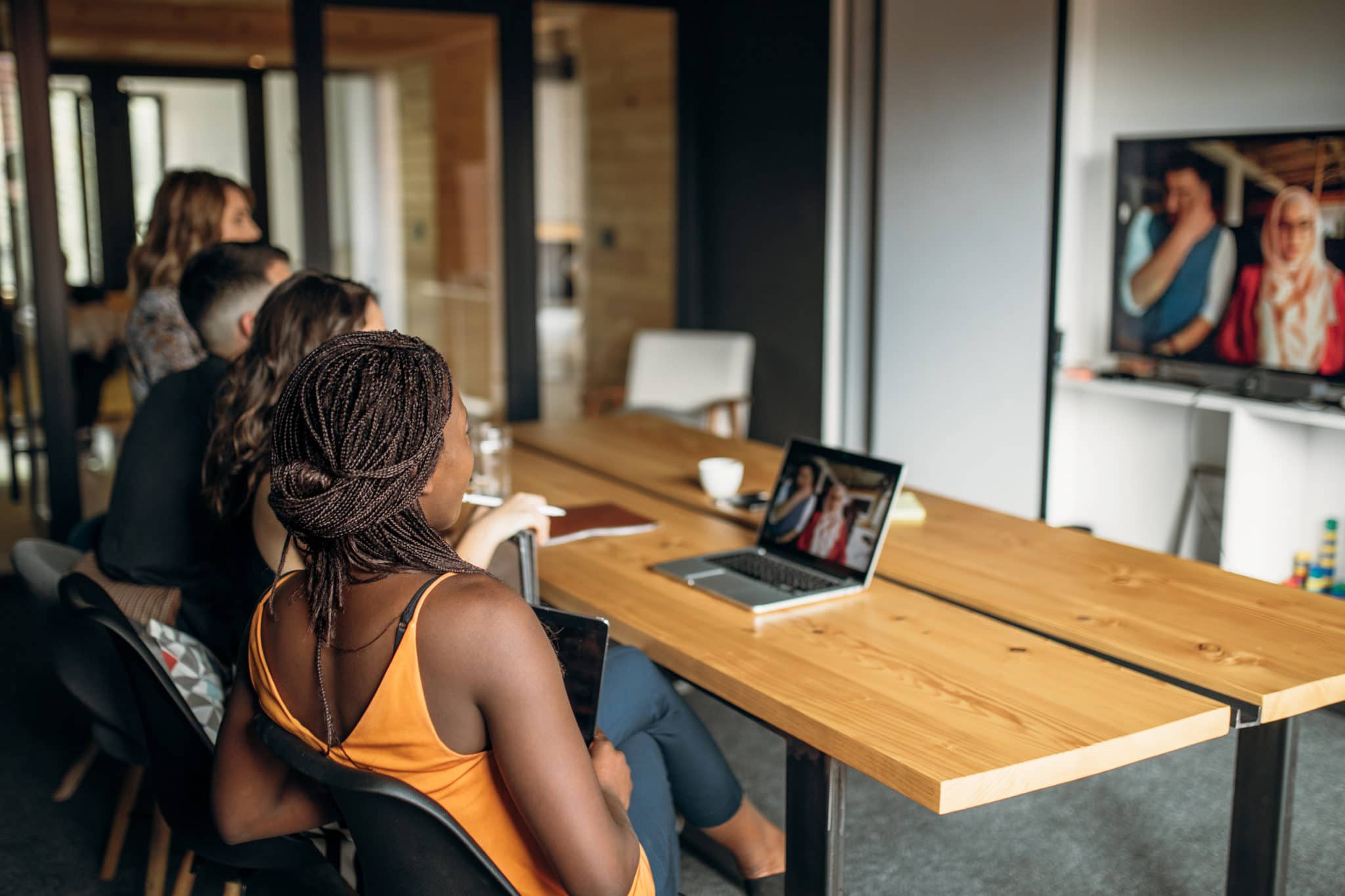Companies of all stripes are in the same “show-the-value” boat when it comes to investing in technology. The window of opportunity to complete technology implementations is small; the opportunity to demonstrate value—even smaller.
💁🛒💻 How does deploying cloud communications and contact center solutions drive value for retailers? Grab our customer success metrics datasheet to find out.
That’s especially true as we emerge from the health crisis. Retailers, who must offset losses from the last year and support new delivery models that blur the lines between online and in-person shopping, are under tremendous pressure. Technology—and more specifically, communications technology—plays a critical role in the success of these new channels, enabling many underlying workflows. The right technology is also crucial to retailers’ ability to meet the ever-growing demands of their customers, in order to maintain or improve loyalty and profitability.
But this brings us back to the conundrum of showing value.
Leaders in the retail sector report value gains from deploying RingCentral
Fortunately, the value of deploying a unified communications solution is demonstrable. For retailers, deploying RingCentral offers significant operational benefits and directly improves the customer experience, a recent customer survey found. Of the 500+ executives and decision-makers in the U.S., U.K., and Canada who participated in our recent RingCentral customer success survey, leaders in the retail sector reported the following value gains:
61% improvement in mobility capabilities in the store
Whether it’s on the store floor, a curbside pickup or on the receiving dock or in the inventory room, the ability for retail associates to communicate seamlessly is vital to their ability to deliver fast, helpful service. But communication mobility often falls short, which is why we still end up with queues at customer service and checkout counters.
Store employees need to be on their feet, and they also need to be empowered to help shoppers and fulfill orders from anywhere in the store—and RingCentral allows them to do just that, to the tune of a 61% improvement in employee mobility. By enabling smart phones, multi-modal devices (Zebra, Motorola handheld devices) as well as wireless handsets, employees are equipped to answer customer questions and process and fulfill orders seamlessly and efficiently.
CSAT improvement of 59%
Eliminating barriers to employees’ ability to serve customers doesn’t only improve productivity and sales volumes—it also enables faster and more helpful customer experiences.
For example, one of RingCentral’s features is an availability indicator that allows an associate to virtually locate another associate in order to request assistance at the curb or to check on inventory. This reduces waiting time and frustration for the customer, and is just one example of how the operational improvements seen from RingCentral draw a direct line to improved customer satisfaction.
According to Dwight Moore, AVP Solutions Marketing at RingCentral:
Lack of employee mobility and easy access to resources and information are often the Achilles heel of modern retailing. RingCentral’s best-in-class solutions for communications and contact center are vital for retailers to drive higher levels of customer satisfaction and business value.
Success by focusing on customer experience
Waitrose, a leading UK retailer and RingCentral customer, has become one of the most successful supermarket chains—operating more than 300 stores throughout England, Scotland, and Wales—in large part by focusing on its customer experience. Among its many high-profile awards for customer satisfaction, Waitrose has been named “Best Supermarket of 2020” by the UK consumer publication, Which?
“In today’s competitive retail environment, you can’t maintain a highly successful chain of stores without outstanding service. With that in mind, you can guess Waitrose & Partners’ top priority,” said Matt Doughty, Customer Service Team Manager at Waitrose.
35% faster workflows between store and customer engagement teams
The end-goal of BOPIS (buy online, pickup in-store) and other new delivery models is seamless simplicity for customers. But these channels are complicated to manage on the back end. Workflows are being upended—and a retailer’s ability to deliver hinges upon their underlying capabilities for sharing information and connecting all of the processes and individuals involved. To that end, RingCentral customers report 35% faster workflows between store and customer engagement teams and a 17% improvement in cross-floor and cross-store knowledge sharing.
25% improvement in the time to deploy integrations
Although improving communications capabilities provides measurable improvements, technology deployment is often a barrier—especially because it has historically taken place in the store environment. Installing and replacing hardware, training—these take time and can require a pause in sales and operations. Not only is that unaffordable in this climate, it also hinders early returns and delays the time to value.
On the flip side, the faster and more easily a retailer can deploy an integrated solution, the sooner they’ll benefit from its improvements. RingCentral customers report a 25% improvement in their ability to deploy an integrated communications platform—which means they start seeing the improvements from our solution even faster.

A closer look at the RingCentral advantage
With results that encompass 18 key business metrics, there’s much more to unpack from our customer success survey. In this #CustomerSuccess blog series, we take a closer look at the RingCentral advantage as illustrated by the survey results and explore some of the specific improvements seen across key business segments and within industry vertical markets.
Download the new RingCentral Customer Success Survey datasheet to learn more about the retail results—and book a demo now to get one step closer to seeing these improvements within your own organization.
Originally published Jul 22, 2021, updated Dec 30, 2022





